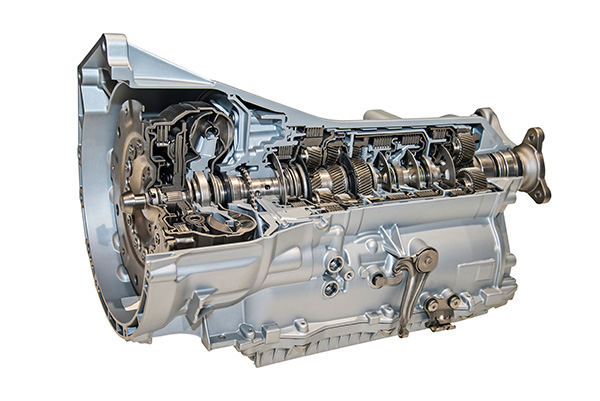
Ever wondered what's going on under the hood when your car shifts gears without any input from you? The secret lies within the automatic transmission, a marvel of engineering that takes the hassle out of manual gear changes. In this article, we'll explore how an automatic transmission works, diving into the mechanics and the sophisticated technology that powers your vehicle's seamless transitions.
The Basics of Automatic Transmissions
At its core, an automatic transmission is designed to automatically change the gear ratio as the vehicle moves, allowing the engine to provide both high torque for acceleration and high efficiency for cruising. This complex system involves several key components working together: the torque converter, planetary gear sets, and hydraulic controls.
The Role of the Torque Converter
One of the most critical parts of an automatic transmission is the torque converter. Unlike a manual transmission that uses a clutch to engage and disengage the engine from the transmission, an automatic transmission uses a torque converter. This component is a fluid coupling that transfers rotating power from the engine to the transmission.
The torque converter consists of three main parts: the pump, turbine, and stator. As the engine turns the pump, it forces transmission fluid to move, which in turn spins the turbine connected to the transmission input shaft. This fluid dynamics process allows for smooth transmission of power without direct mechanical contact, providing the capability to stop the vehicle without stalling the engine.
Planetary Gear Sets
The real magic of gear shifting happens within the planetary gear sets. These are a series of gears arranged in a specific pattern that can produce multiple gear ratios. A planetary gear set consists of a sun gear, planet gears, and a ring gear. By engaging different gears, the transmission can change the vehicle's speed and torque.
When the car needs more power to accelerate, the transmission will shift to a lower gear, increasing the torque. For cruising at higher speeds, it shifts to a higher gear, reducing the engine's RPMs for better fuel efficiency. The planetary gear set is incredibly efficient and versatile, making it the heart of the automatic transmission's functionality.
Hydraulic Controls
The hydraulic system in an automatic transmission is essentially its brain. It uses pressurized transmission fluid to control the operation of the torque converter and planetary gear sets. The fluid pressure is controlled by a series of valves, solenoids, and sensors that monitor the vehicle's speed, throttle position, and other factors.
When you accelerate, the throttle position sensor sends a signal to the transmission control unit (TCU), which then directs the hydraulic system to engage the appropriate gear. This precise control mechanism ensures that the gear changes are smooth and timely, providing a seamless driving experience.
Electronic Control Systems
Modern automatic transmissions are equipped with sophisticated electronic control systems that enhance performance and efficiency. These systems use data from various sensors around the vehicle to make real-time adjustments to the shifting process. For example, adaptive shift logic can adjust the shifting pattern based on your driving style, whether you're driving aggressively or cruising leisurely.
Many automatic transmissions now feature manual shift modes, allowing drivers to take control of gear changes via paddle shifters or gear levers. This offers the best of both worlds—automatic convenience with the option for manual control when desired.
The Evolution of Automatic Transmissions
Automatic transmissions have come a long way since their inception. Early versions were relatively simple and less efficient, but advancements in technology have led to significant improvements. Modern transmissions are not only more reliable but also offer better fuel economy and performance. The introduction of continuously variable transmissions (CVTs) and dual-clutch transmissions (DCTs) represents the latest innovations in this field, providing even smoother and more efficient driving experiences.
Experience optimal performance with a well-maintained transmission. Book your service appointment with Bexley Automotive now! We offer comprehensive maintenance, inspections, and repairs to keep your car in perfect shape.